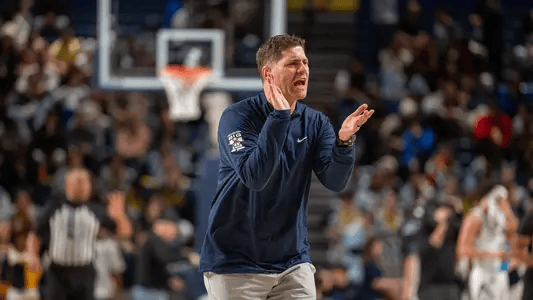 NAHASHIN PORT, Okinawa, Japan – A surge of adrenaline, the rhythmic clash of oars, and the deafening roar of the crowd are the hallmarks of the Okinawan Dragon Boat Races. In the heart of Okinawa’s pristine waters, where the culture and history of the island converge, the dragon boat races stand as a testament to the spirit of camaraderie and tradition. The boats glide through the water, propelled by teams whose determination is matched only by the rhythm of the drum guiding their strokes.
NAHASHIN PORT, Okinawa, Japan – A surge of adrenaline, the rhythmic clash of oars, and the deafening roar of the crowd are the hallmarks of the Okinawan Dragon Boat Races. In the heart of Okinawa’s pristine waters, where the culture and history of the island converge, the dragon boat races stand as a testament to the spirit of camaraderie and tradition. The boats glide through the water, propelled by teams whose determination is matched only by the rhythm of the drum guiding their strokes.
“…all with the same goal of no kidding putting everything we’ve got and leaving it in the water,” US Navy Dragon Boat Coach Fealofani Peau tells us, with his passion and dedication evident.
The Naha Hari, one of the most anticipated races, fills the harbor with an infectious energy that captivates both participants and spectators alike. Thousands flock to the island each year to witness this breathtaking spectacle of tradition, skill, and raw competitive spirit, where rivalries are forged, friendships are strengthened, and the love for the sport transcends borders.
With origins dating back more than 600 years, these races, known locally as “hari,” embody Okinawa’s nautical heritage. It’s not just a race, but a prayer for prosperity and safety for fishermen. The Naha Hari is the island’s biggest annual dragon boat race, held every year on Golden Week, attracting over 150,000 spectators. The boats themselves, adorned with dragon heads and tails, are a magnificent sight. Each team embodies the traditions of their respective branches and represents the island’s diverse cultures.
The US Army Ladies Dragon Boat Team member Adrianne Dyer is enthusiastic about these races. “It’s fun to be part of a cultural experience,” she shares. “We all know what it’s like to do that together.”
 -The Pulse of the Race-
-The Pulse of the Race-
These boats, each weighing up to three tons, require immense power to move. Peau explains that the American teams, including his own, tend to be heavier than their local counterparts. “Our right side is no kidding 2000lbs and the left side is 2000lbs,” Peau says, emphasizing the additional weight his team must overcome. Harmony and unity are crucial, as every stroke of the oar can mean the difference between winning and losing.
SPC Sean Gillett, of the US Army Dragon Boat team, recalls, “As soon as you cross that finish line you’re done,” showing the grueling demands of the race. He elaborates on the physical toll it takes, “My body started to cramp up… you just kind of stopped thinking about it and kept rowing.”
Leave a Reply